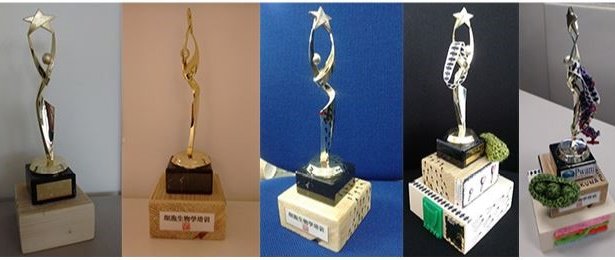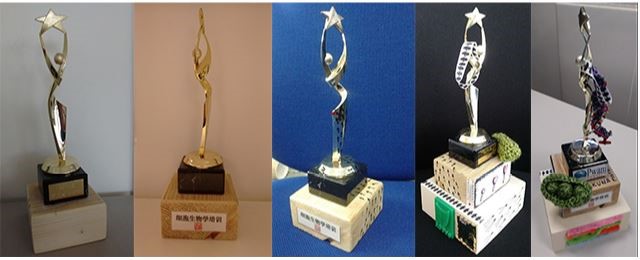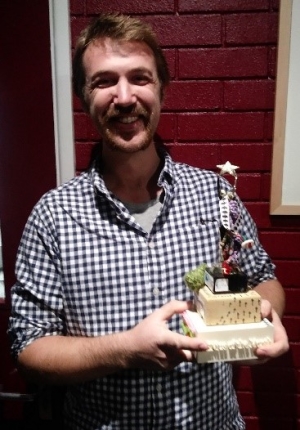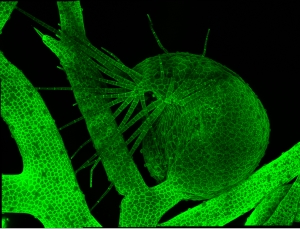GENius of the Month

Welcome to the Genes in the Environment Institute Strategic Programme (GEN ISP) blog, which will introduce you to the many GENiuses in our programme.
The GENius of the month award aims to recognise, on a monthly basis, the achievements and great performances of Research Assistant’s, PhD students and Postdoctoral Scientists within Genes in the Environment.
The scheme started in August 2017 and we have now had 14 GENiuses.
The winner each month is decided firstly by people in Genes in the Environment nominating their colleagues for the achievements they feel should be acknowledged, and secondly at the end of each month, our ISP leader and theme leaders voting for who they feel has the greatest achievement.
On the first Friday of the new month our ISP leader Prof Lars Østergaard, presents the monthly winner with the GENius of the Month trophy and buys them a celebratory drink at the Rec Centre.
Our ‘GENius of October 2018’ is PhD student Rob Bellow.
Rob has been selected for his recent great performances. His nomination said: Using computational wizardry and a healthy dose of elbow grease, Rob has recently mapped a trap shape mutant in the carnivorous plant Utricularia gibba.
This is the first time anyone has mapped a mutant in a carnivorous plant, and is made all the more impressive by the fact that he had no experience with bioinformatics when he arrived one year ago.
Of his work, Robert said: “Leaves display amazing diversity and complexity in size and shape where many leaves have the main axis of growth predominantly in two-dimensions.
One of the most complex leaf structures found in nature are the three-dimensional cup-shaped (epiascidiate) leaves of certain carnivorous plants. Considering it is such a complex shape, it is surprising that epiascidiate leaves have evolved independently in four different families
- Nepenthaceae
- Sarraceniaceae
- Cephalotaceae
- Lentibulariaceae
A key question is: are the genetic and mechanistic rules underlying leaf development conserved between two-dimensional and three-dimensional leaves?
To elucidate how an epiascidiate leaf forms I study the carnivorous traps of the humped-bladderwort (Utricularia gibba).
U. gibba has one of the smallest genomes know in the plant kingdom (~100Mb), which makes it amenable to the forward genetic screen I am currently working on where some mutant lines have an altered final trap morphology.
I have isolated a developmental gene from one of these mutants and am further exploring what changes have occurred in the developmental process to lead to an altered shape.”
The GENius trophy is evolving
Each GENius has added something to the trophy, which represents their character and/or scientific research, while it was with them.



